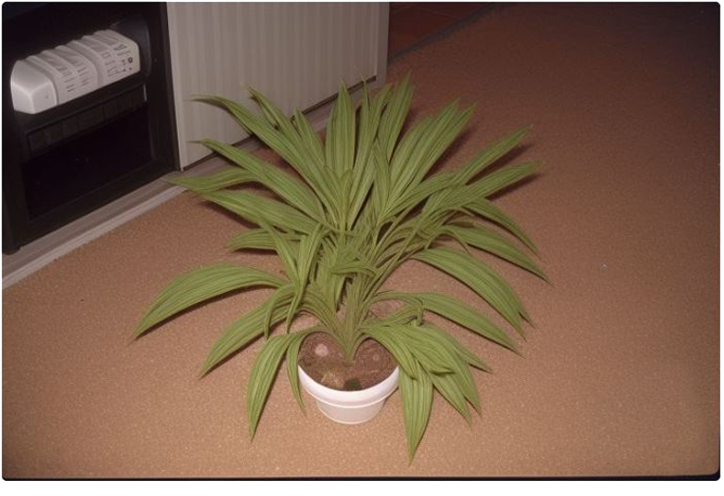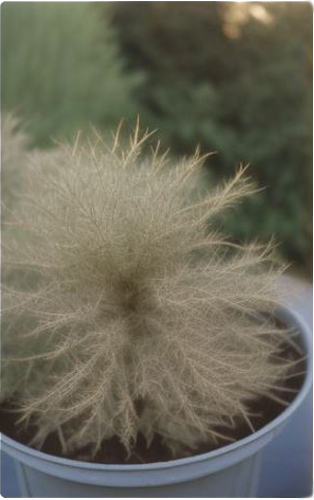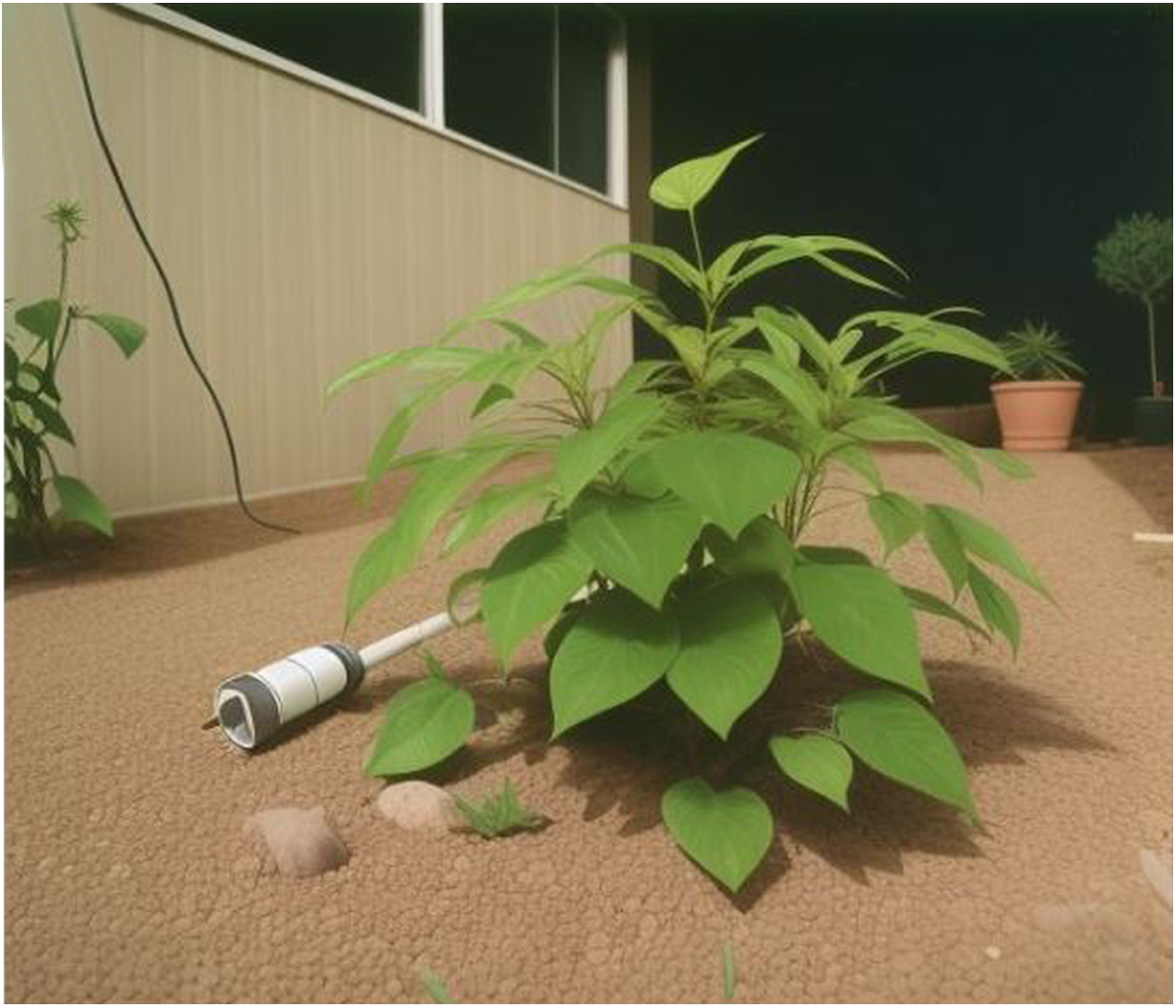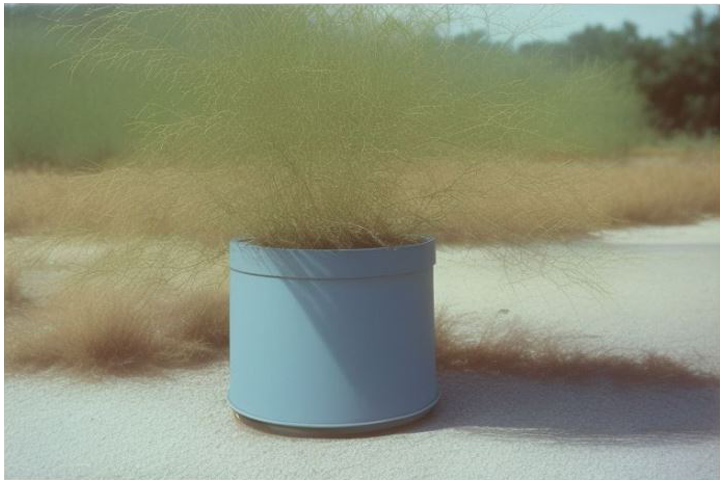On the hidden power of the habit
In late modernity, emergencies and crisis management have become an exhausting, perpetual state of being. The constant confrontation with systemic injustices and challenges of civilisation presses upon us from all directions, creating profound uncertainty and helplessness within society. From ecological crises to social inequalities and global conflicts, the world appears entangled in an endless web of problems that mutually reinforce one another.
Yet amidst these challenges, pathways to change emerge. Theoretical approaches in the arts, such as relational aesthetics, dialogical art, or participatory art, demonstrate how creative and collective processes can address social injustices. Another crucial solution lies in the conscious reflection and transformation of our daily rituals and lifestyles. For only by questioning the structures of our Western way of life can we dismantle the mechanisms of exploitation and prevent injustices from being perpetuated anew.
1. Watering and Nurturing:
Just as we regularly water plants to encourage their
growth, we must also "nurture" our social and personal
rituals regularly - through reflection, mindfulness, and
conscious change. Only through constant care can the roots
of a more sustainable life grow.
We often view rituals as relics of past times, remnants of distant cultures that seem disconnected from our modern way of life. However, a closer look at our daily routines reveals that they, too, are saturated with rituals - subtle, almost invisible practices that are deeply embedded in the fabric of our social and economic structures. These modern rituals act as the unnoticed rhythm of our lives, their apparent banality concealing their destructive power.
The incessant drive for consumption, expressed in celebrations like "Black Friday" or the constant pursuit of the next shopping event, is no harmless pastime; rather, it is a ritual that marks the beginning of global exploitation chains. In its repetition and ubiquity, it solidifies the mechanisms that exploit resources, destroy ecosystems, and amplify social inequalities. Similarly, the rituals of self-presentation on social media and the perpetual pressure for productivity are expressions of an invisible yet powerful web of practices that shape our identities while simultaneously reproducing the injustices of our time.
These rituals do not exist in isolation; they are part of a global system whose entanglements we often fail to notice. Yet, in their repetition, in the silent force of the habitual, lies the root of many societal ills. They are the invisible hands that shape - or disrupt - the fragile balance of the world.
It is therefore essential that we recognize and question these rituals. Artistic approaches, such as relational aesthetics (Nicolas Bourriaud), dialogical art (Grant Kester), or participatory art (Claire Bishop), demonstrate how creative practices can create resonance spaces that reveal the invisible. They open dialogues with the social realities we shape through our rituals and invite us to actively reimagine them.
However, these artistic interventions alone are not enough to address the deeper causes of injustice. The rituals of our daily lives - the seemingly innocent decisions we make every day - contribute to stabilizing the structures of inequality. It is the quiet power of these rituals that breathes life into the vast web of global challenges.
The path to a more just and sustainable world does not only lie in large movements or symbolic spaces of art. It begins within ourselves, in the quiet, almost invisible moments of our daily routines, where we have the chance to break through these mechanisms and create new patterns.
The rituals of Western modernity are not only the cause of the problems; they also carry within them the potential for their solution. By making them visible and consciously reshaping them, we open doors to a world that is not only more just but also more mindful. A world not solely shaped by grand ideas, but by the many small, courageous decisions that we, as individuals, can make every day.
In many indigenous and African communities, rituals are not mere symbolic acts but living, deeply ingrained practices that play a vital role in addressing the challenges of life. These rituals, often conducted under the guidance of a shaman or spiritual leader, are aimed at addressing both the collective issues of the community and the individual`s personal concerns and conflicts. The individual is never seen in isolation; rather, their struggles are woven into the collective fabric, creating a profound sense of interconnectedness and shared action.
Unlike the isolated, ego-centric focus prevalent in many of our modern Western rituals, which often centre on the individual`s desires or personal success, traditional rituals emphasize the collective well-being of the community, the individual, and nature. In these rituals, the individual is not seen as separate from society; rather, their problems are addressed within a space where the boundaries between individual and collective are blurred. This creates an atmosphere where the community not only cares for the individual`s well-being but also assumes responsibility for the collective good.
The shaman or
spiritual leader serves as a mediator between the spiritual
dimensions, cultural values, and emotional needs of the participants,
facilitating the healing process not through individual solutions, but
by mobilizing the collective wisdom and healing power of the
community.
These rituals often include chants, dances, symbolic gestures, and other action-oriented elements that create a transformative dynamic. These practices not only foster individual healing but also strengthen social bonds within the community. They serve as reminders of the inseparable connection between the individual and the society, highlighting the understanding that personal well-being is deeply entwined with the well-being of the community. The ritualized processes ensure that each individual is recognized as part of a larger, healing whole, offering them a sense of belonging and support.
In a world increasingly defined by individualism and separation, these communal rituals offer a powerful model that teaches us that social issues and injustices are not only addressed through institutional measures but also through communal, ritual engagement with the emotional and social needs of all members. They present a shift in perspective, showing us that change does not occur solely on the individual level but also within the collective action and exchange among the community.
This collective approach to ritual and healing contrasts sharply with the individualistic rituals that dominate our modern, Western way of life. While our rituals often serve the ego - driven by consumption, self-presentation, and productivity - the rituals of indigenous communities focus on the interconnectedness of all beings, fostering harmony between the individual, the community, and the natural world. In doing so, they not only address personal issues but also contribute to a more just and balanced world. By learning from these practices, we may begin to reimagine our own rituals and reconnect with the communal and ecological responsibilities that are so often overlooked in the rhythms of our daily lives.
Ultimately, the comparison between Western and indigenous rituals reveals a deeper truth: the collective, community-based approach to addressing societal challenges is not only more holistic, but it also offers a model for creating sustainable change. These communal rituals remind us that individual well-being cannot be separated from the well-being of others, and that true healing - whether on a personal, social, or global level - comes from a deep, collective engagement with the world around us.
- all images by Manuela Johanna Covini
- a hausARBEITproductions
- by Manuela Johanna Covini
- 2025





